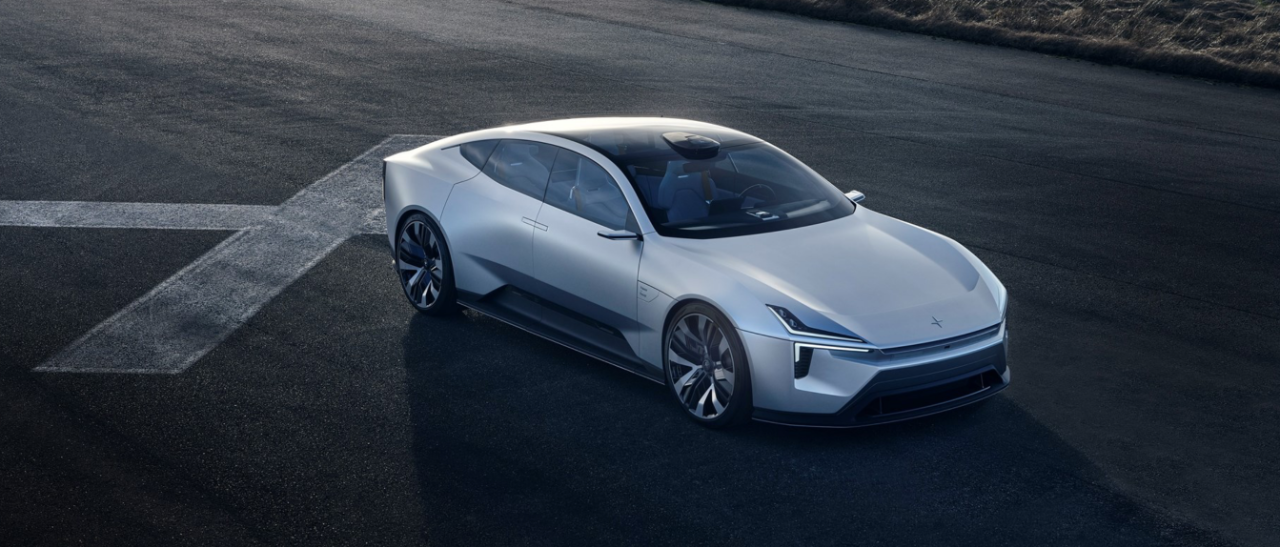Polestar is going to be listed on Nasdaq soon
Produced by / Matias Future Travel Daddy
Author / Ren Haining
Polestar is about to be listed on Nasdaq.
In September last year, Polestar announced its business merger agreement with Gores Guggenheim, seeking to be listed on Nasdaq. The merged company will be named “Polestar Automotive Holding UK Limited” with the stock code “PSNY”. At that time, the official timetable was that the company is expected to be listed in the first half of 2022.
From various sources, I have recently learned that Polestar’s listing plan is progressing smoothly and it will be officially listed on Nasdaq by the end of June as planned. The funds raised after the listing will be used to accelerate product development, business expansion and market expansion.
Why is this worth paying attention to?
It’s actually very simple: the popularity of Tesla and WmAutoli in the capital market is evident to all, and everyone is eager to see what Polestar, jointly established by Volvo Car and Geely Holdings, and whose main investors include Li Shufu and Leonardo DiCaprio, will become, with its unique branding and products.
This will be an interesting topic.
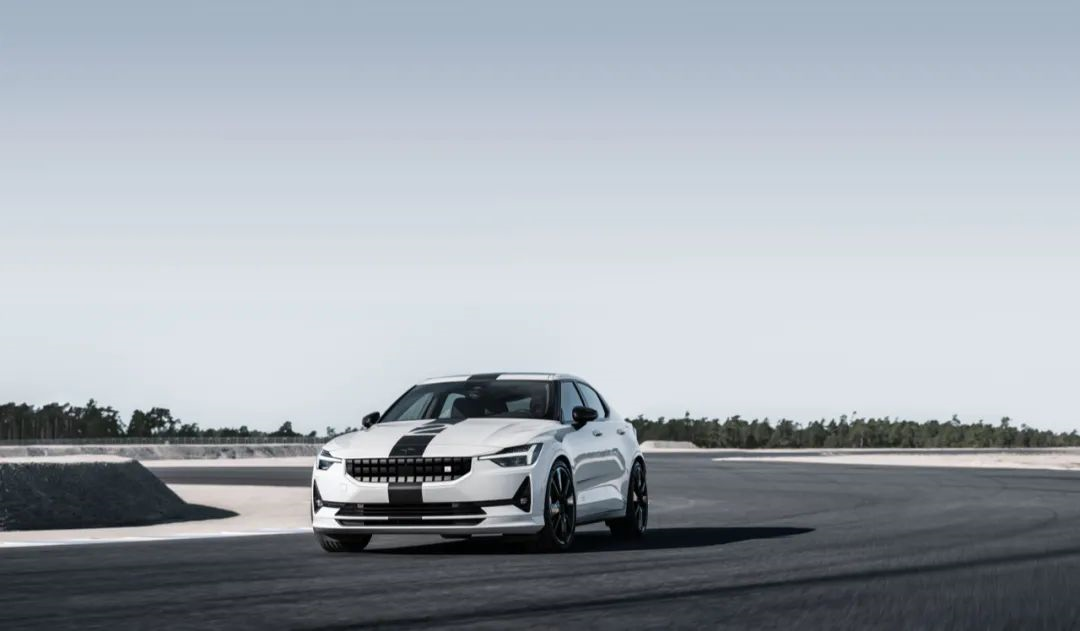
The overlooked globalization
Many people will surely question: it seems that there are not many Polestar vehicles on the road. Will capital pay the price?
At first glance, this seems to be a problem, and Polestar’s sales in the Chinese market are indeed not as high as Tesla or WmAutoli. However, it is one-sided to understand the value of Polestar only from its current sales in the Chinese market.
Because don’t forget: Polestar is a global brand, a truly global brand.
Polestar’s global headquarters is located in Gothenburg, Sweden, and it has R&D centers in Sweden, the UK, and China. Its brand design and R&D work is done in Europe, while production is carried out in China and the United States. Friends who understand cars will also easily see that from design to control to various details, its main-selling Polestar 2 is also a clearly global car model.
This is very different from WmAutoli, or it is just the opposite. Currently, only Tesla and Polestar, the two pure electric vehicle brands in the world, have achieved truly global sales.
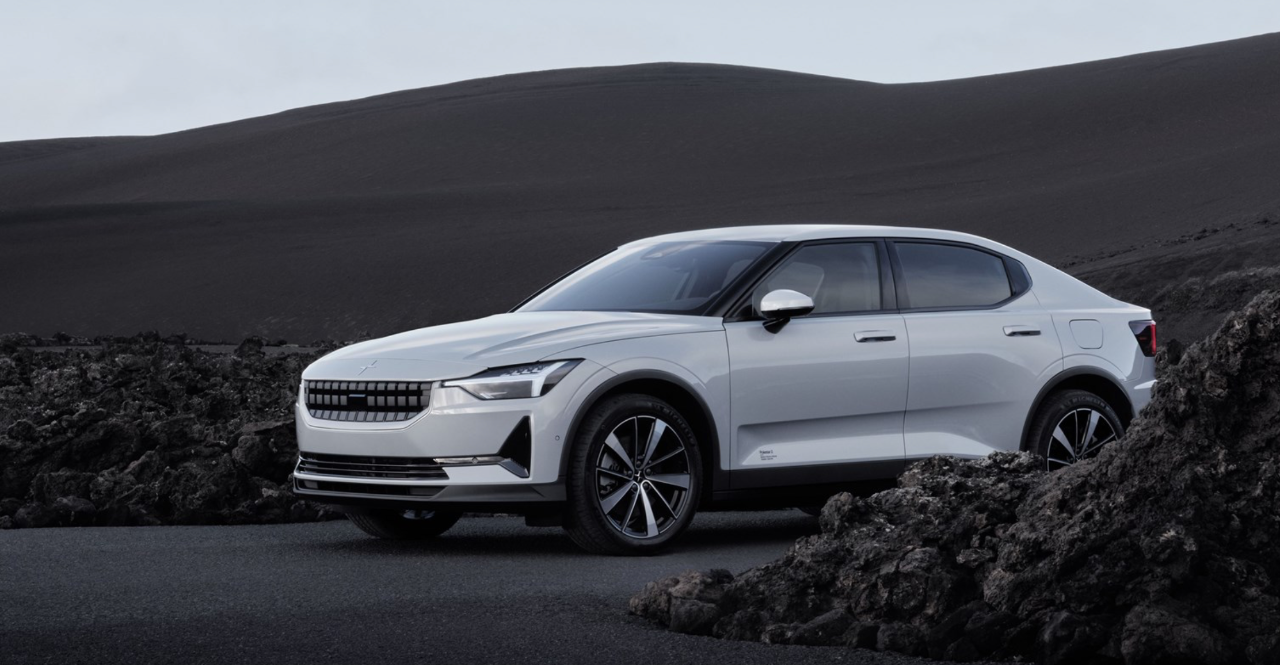
The numbers don’t lie:- Market end: Currently Polestar is listed in 23 regions globally. The growth this year mainly comes from Europe and Asia-Pacific, and in the second half of this year, Polestar will further expand into markets such as Spain, Portugal, Italy, Thailand, Malaysia, Israel, etc. It is expected to expand global business to 30 markets by the end of 2023.
- Channel end: In 2021, Polestar has more than 100 retail outlets worldwide. It is expected that this number will increase to 150 by the end of 2022.
The effect of these layouts is directly reflected in the sales data:
In 2021, as Polestar’s first complete delivery year, global sales were approximately 29,000 units. From January to April this year, Polestar’s sales increased by more than 100% YoY, reaching 13,600 units with more than 23,000 orders, a YoY growth rate of more than 3 times. If the development speed continues, it is expected that Polestar’s sales in 2022 will reach 50-60,000 units.
In the first stage of brand development, with such sales data achieved worldwide, can we still say that Polestar is a company without sales?

Unique Brand Positioning
However, sales are just one aspect.
In my opinion, Polestar’s real value lies in the “uniqueness” of its brand and product positioning. It has a very distinctive personality and labels – design, environmental protection, and performance.
It is worth noting that, compared with many brands that talk more than they do, in the past two years, in my contact with Polestar’s brand and products, I can feel very clearly that they are really “doing more than saying”. More precisely, they are not just branding for the sake of branding, but the attributes of the brand and product make these labels truly become labels on the user end.

Let’s talk a little bit about design first.
Polestar is the only new energy brand that currently regards design as the core driving force of the brand.
I remember when the Polestar O₂ Concept Car was released not long ago, many people in my social circle were saying, “This is currently the most beautiful electric car.” Including the already launched Polestar 1 and Polestar 2, I believe few people would say that these two cars are not beautiful.
Polestar O₂ Concept Car Design
I’ve driven the Polestar 2 many times, and the more I know, the more I can feel that this car has its design engraved in its DNA.
For example, the Polestar logo is not only designed on the front and rear ends but also on the rims, punched on the shift knob, and even on the sunroof. For example, the door handle, in order not to destroy the overall shape, is not made into a circle but is also made into a polygon. For example, frameless rearview mirrors that can make people irresistible. Moreover, all available colors of this car are in the cool system, without colors such as yellow, red, and green. The overall feeling is cold but high-end, with a texture that is somewhat similar to that of MUJI.
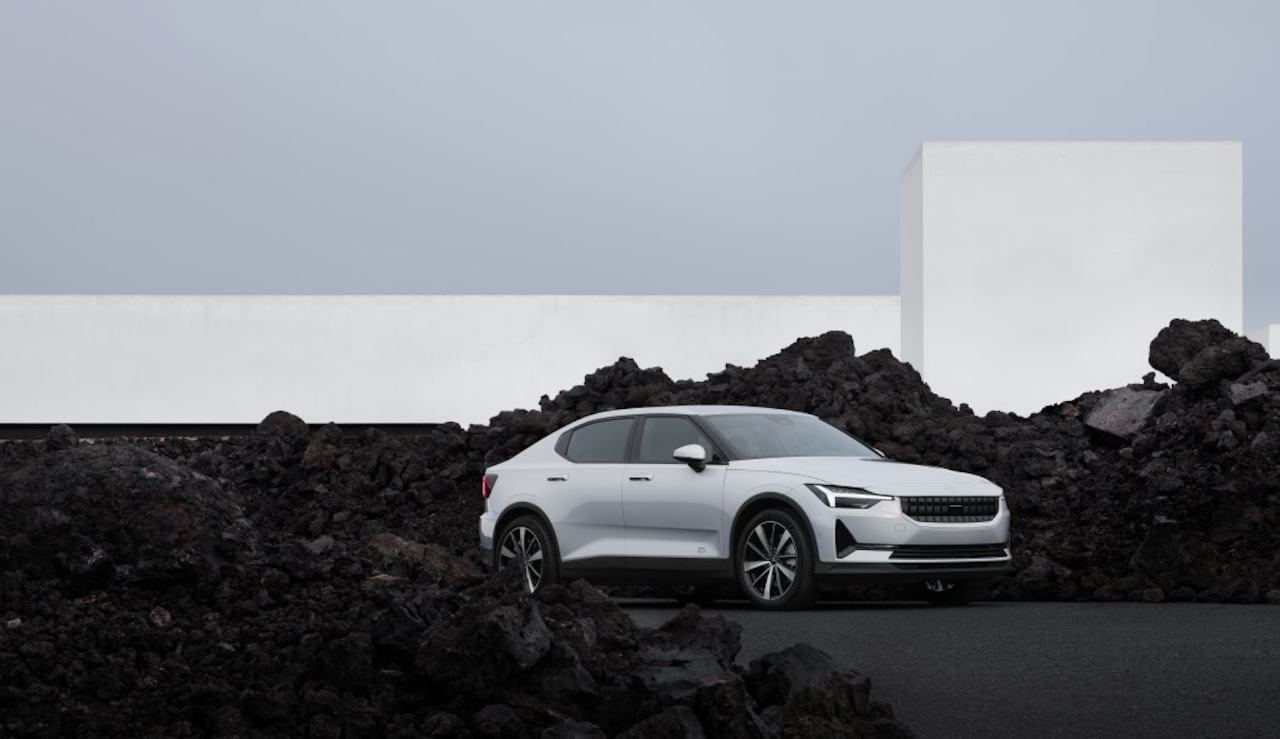
The key is that the overall brand image of Polestar conveys a comprehensive sense of quality, which is aesthetically pleasing.
From the headquarters of Polestar to the architectural design of the Polestar Chengdu production base, from the Polestar space inspired by the designer studio and art gallery to all Polestar advertisements and graphic design, it is imbued with the minimalist design concept originating from the Nordic region. This is a very high-end texture, and people who like it will be very fond of it.

Let’s talk about environmental protection.
This is what I admire most about Polestar. Many other car companies are also talking about environmental protection, but many are just superficial and not so thorough. Take the issue of leather, for example, most other car companies use some environmental-friendly processes in the production of leather, such as replacing some chemical agents used for tanning with plant-based ones, but Polestar went further and directly stopped using leather.
Therefore, we can see that the seats of the Polestar 2 are not made of the high-end Nappa leather commonly used in luxury cars, and the car has very little leather and plastic, and even very few chrome decorations. It looks different from the general luxury cars, but in fact, they are redefining luxury in their way.
<video controls class="w-full" preload="metadata" poster="https://upload.42how.com/article/image_20220608170921.png">
<source src="https://upload.42how.com/v/%E8%A7%86%E9%A2%91%E7%B4%A0%E6%9D%90/%E5%8D%95%E4%BD%93%E5%86%85%E9%A5%B0.mp4">
</video>
# Polestar O₂ Interior Material
Polestar puts a lot of effort into its materials, focusing on the "inner strength" of its products. For example, although the seats are not made of leather, they use a 3D knit technology, and the fabric fibers are 100% recyclable. The lining and headrests are made of cork fiber from recycled wine bottle stoppers, and the car carpets are made from materials recycled from discarded fishing nets. Overall, the interior is environmentally friendly and almost odorless, giving the car a Nordic aesthetic that is simple yet elegant.
<video controls class="w-full" preload="metadata" poster="https://upload.42how.com/article/image_20220608171057.png">
<source src="https://upload.42how.com/v/%E8%A7%86%E9%A2%91%E7%B4%A0%E6%9D%90/%E5%8F%AF%E5%9B%9E%E6%94%B6%E6%9D%90%E6%96%99sda.mp4">
</video>
# Polestar O₂ Use Recyclable Aluminum
I also learned from Polestar that they launched the "Polestar 0 Plan" in April last year, aiming to produce carbon-neutral cars before 2030. It is worth noting that this zero-carbon goal covers the entire lifecycle of the vehicle, including material production and processing, battery assembly, production and logistics, vehicle use, and product disposal. The results are evident: in 2021, Polestar reduced greenhouse gas emissions from each vehicle sold by 6% by increasing efficiency and the use of renewable energy sources.
The following video is from the Polestar News Center.
markdown
Polestar 2022 Sustainable Development Report
In addition, Polestar is also the first car brand to join the “Exponential Roadmap Initiative” and is committed to halving global greenhouse gas emissions by 2030.
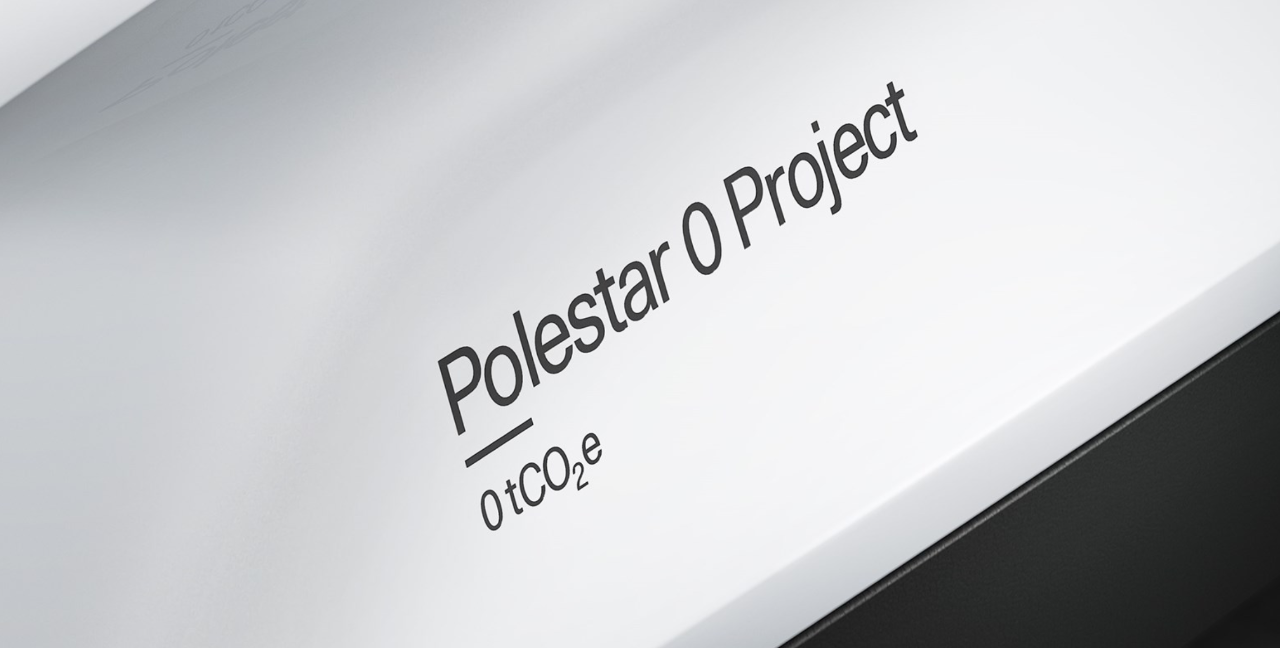
Furthermore, there is high performance.
This keyword is also a typical label of Polestar.
In the past few years, I have driven many electric cars. I can be very responsible and say that the driving and handling feel of the Polestar 2 is currently the top level among new energy vehicles. I think maybe only the Porsche Taycan can slightly outperform it.
Electric cars are not difficult in terms of acceleration. The characteristics of the motor make the vehicle faster, so we see a lot of products with a speed of 4-5 seconds per hundred kilometers. But the real difficulty lies in tuning, including steering feel, accelerator and brake pedal feel, and matching the movement and comfort of the chassis. Many things, they are afraid of comparison. If we talk about driving fun alone, after driving the Polestar 2, one will find that other electric cars are not as enjoyable to drive.
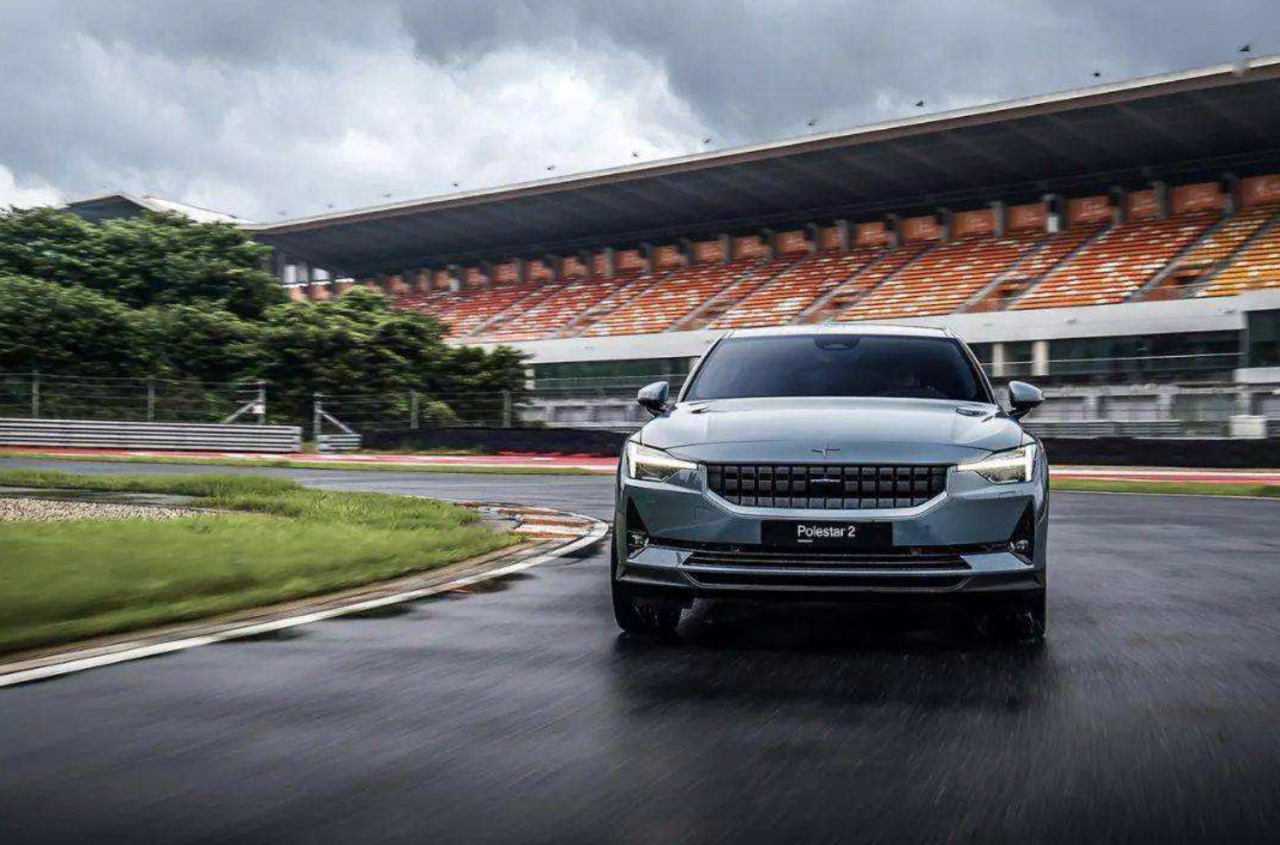
Of course, the reason why we can achieve this level is also related to Polestar’s long-term technology research and development and reserves. At present, Polestar has established R&D centers in three countries including Sweden, the United Kingdom, and China. For example, the R&D center located in Coventry, UK, focuses on high-performance R&D work, and the head of the center, Pete Allen, has worked on supercars such as the Mercedes McLaren SLR. The team has a deep understanding of engineering development. The work currently in progress is to develop one of the world’s most powerful motors: the P10 450kW rear motor.
In addition, the development of battery specifications of 103 kWh, 800V high-voltage battery pack that can be charged 80% in 20 minutes, lightweight all-aluminum body, and related assisted driving technologies are also being steadily promoted.
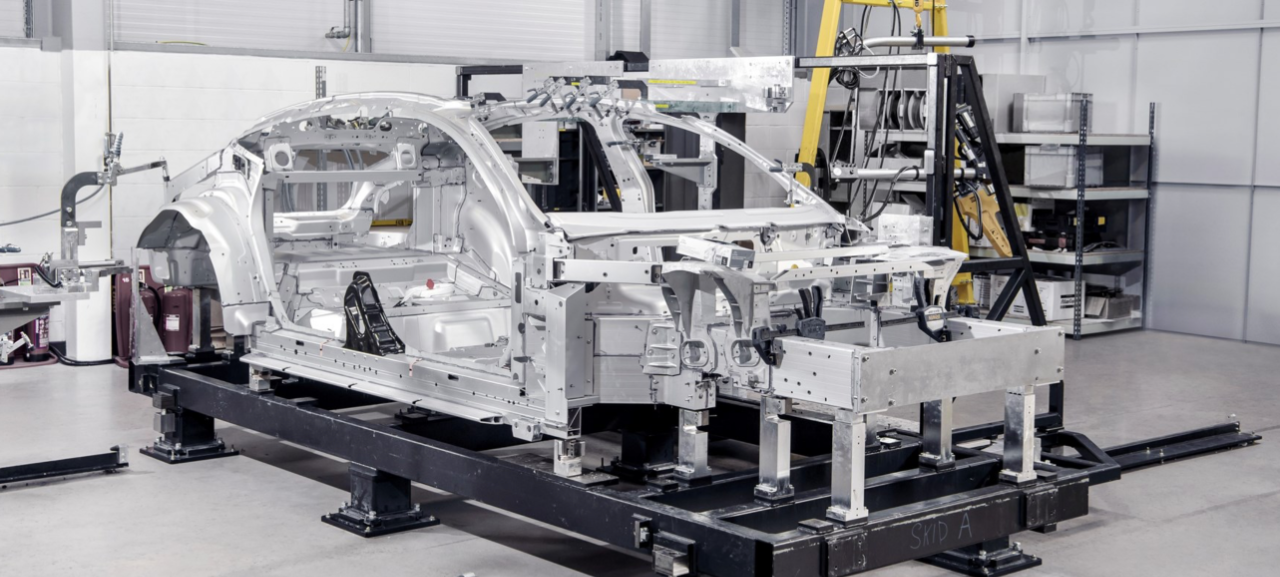
“`## Returning to the Key Term “Distinctiveness”
Overall, when it comes to the distinctiveness of Polestar, a deeper exploration will prove more interesting. Compared to keywords like “space, luxury, and grandeur,” the labels of “design, environmental- friendliness, and performance” do not necessarily cater to users as much, and require greater costs and understanding on their part. However, what makes Polestar distinctive is that they do not blindly follow the users’ preferences, but rather attract them while holding on to their own values. Their pursuit of sales truly embodies long-term value, which is truly unique.
Certainly, it is this insistence that often leads to Polestar users not being here today and gone tomorrow. In my previous interviews with several Polestar 2 owners or those interested in buying one, their comments were mostly the same: once they are attracted to Polestar, they cannot be convinced otherwise.
Future Certainty
Of course, due to their distinctiveness, many people will ask the question: can Polestar really become a huge success?
Let me first present an official sales projection: over the next five years, global sales are expected to reach 290,000, which is 10 times the amount sold in 2021 at 29,000. I agree with this figure, and even think it’s conservative for two reasons:
- First is the increase in product placements.
- Second is the expansion of user coverage.
Let’s talk about the products first.
According to official information, Polestar will launch three new models over the next three years: the Polestar 3, 4, and 5. The Polestar 3 is positioned as a luxurious SUV and will be released at the end of 2022. It will have Luminar radar and NVIDIA central processors, with a range likely exceeding 600 kilometers under the WLTP standard. The Polestar 4 is a mid-sized, high-performance electric SUV Coupe, which will be released in 2023. The Polestar 5 is a high-performance electric, four-door GT coupe that will be the ultimate mass-production version of the Polestar Precept concept car and is set to be released in 2024.
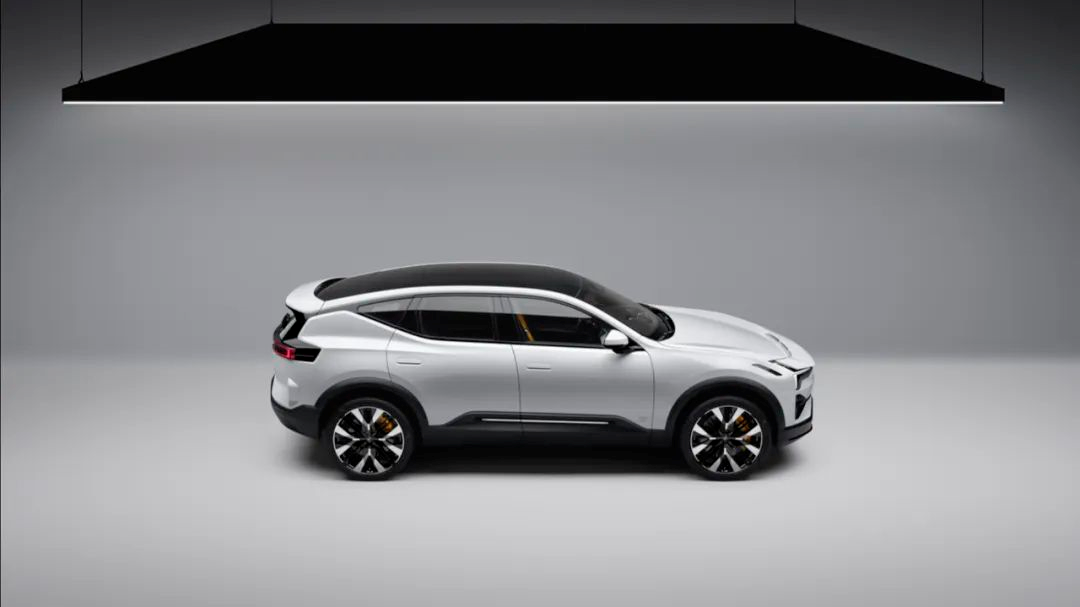
Simply put, the product positioning of the Polestar 3, 4, and 5 corresponds to Porsche’s Cayenne, Macan, and Panamera, respectively. When combined with the Polestar 2, the products of the Polestar brand will cover a large portion of high-end luxury electric vehicles worldwide.
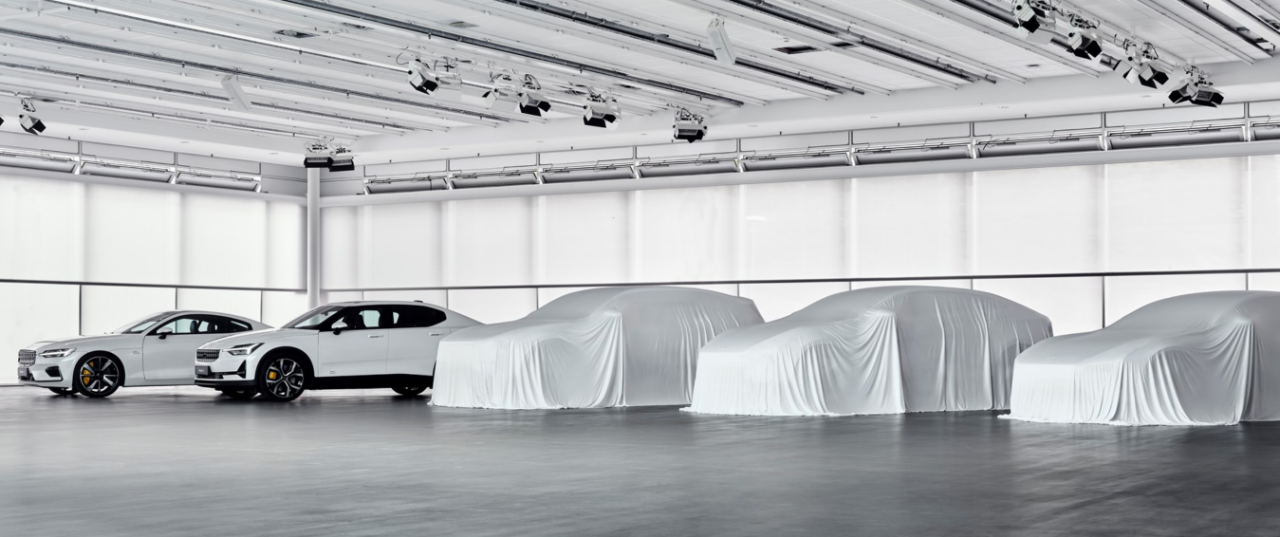
Now, let’s talk about the users.The potential of the high-end electric vehicle market is huge. According to relevant information, this market is expected to grow from a scale of 1.4 million in 2020 to 4.9 million in 2025, with a compound annual growth rate of 29%. The average selling price is between $55,000 and $65,000.
During this process, on the one hand, Polestar will rely on its global layout to expand its global user base, and on the other hand, as the Chinese market grows larger and users become more mature, there will naturally be more users who understand Polestar and are willing to pay for “purity.”
According to the plan, by the end of 2022, Polestar is expected to have more than 50 retail outlets in China, covering 30 core cities. In addition to the existing factories, Polestar will also establish a new plant in China to produce the Polestar 5.
These factors will jointly promote Polestar’s entry into the mainstream market and become a very special value target in the capital market. Especially lucky, the current listed Polestar has caught up with a good time for a series of negative factors such as epidemics, wars, and interest rate hikes to be repaired, including the value of new energy high-quality assets such as Tesla being repaired.

Gradually Entering the Mainstream
Writing to this point, I suddenly thought of a story.
Not long ago, Cui Jian held a concert on WeChat video, and more than 44 million people flooded into the live broadcast room. After so many years, everyone is still passionate.
However, many people may not know the scene when Cui Jian first performed on stage.
May 9th, 1986, Beijing Worker’s Stadium. Cui Jian wore a half-length coat, with one pant leg higher than the other, holding an electric guitar and singing “Nothing to My Name.” At that time, Rong Gaotang, the highest official representative present and the director of the National Sports Commission, saw this scene and left angrily. This was also the first public appearance of rock music in mainland China.
Doesn’t this scene resemble Polestar in the current Chinese market?
Adhering to their “unique” values, polishing their products with concentration, they were once viewed as cow ghosts and snake spirits, radical and not doing the right thing. Now, they are parallel with the times and standing in the center of the stage. All of this just needs a little time.

The end.
This article is a translation by ChatGPT of a Chinese report from 42HOW. If you have any questions about it, please email bd@42how.com.
